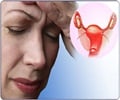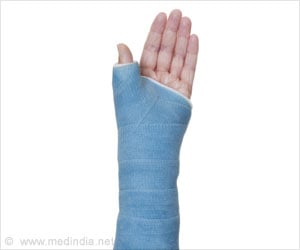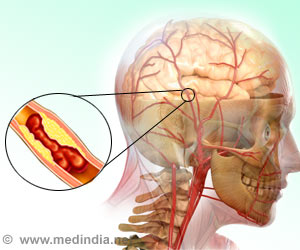
‘Middle-aged women are at higher risk for Alzheimer’s disease, probably due to the changes in hormonal levels during and after menopause.’
Read More..Tweet it Now
The study involved 85 women and 36 men with an average age of 52 who had no cognitive impairment. The men and women had similar scores on thinking and memory tests and measures such as blood pressure and family history of Alzheimer's.Read More..
Participants had positron emission tomography (PET) scans to see if they had amyloid-beta plaques in the brain, a biomarker associated with Alzheimer's disease. They also had detailed brain magnetic resonance imaging scans (MRI).
Researchers compared the women and men in four key areas of brain health to assess their risk of having Alzheimer's biomarkers: the volumes of both gray and white matter in the brain, levels of amyloid-beta plaques, and the rate at which the brain metabolizes glucose, an indication of brain activity.
The women scored worse on all four of those measures. On average, the women had 30% more beta amyloid plaques in the brain, and 22% lower glucose metabolism than the men did. When measuring average gray matter volume, the women had 0.73 cubic centimeters (cc/cm3) compared to men who had 0.8 cm3, a difference of 11%. For average white matter volume, the women had 0.74 cm3 compared to men who had 0.82 cm3, a difference of 11%.
"Our findings suggest that middle-aged women may be more at risk for the disease, perhaps because of lower levels of the hormone estrogen during and after menopause," Mosconi said. "While all sex hormones are likely involved, our findings suggest that declines in estrogen are involved in the Alzheimer's biomarker abnormalities in women we observed. The pattern of gray matter loss in particular shows anatomical overlap with the brain estrogen network."
Advertisement
Source-Eurekalert











